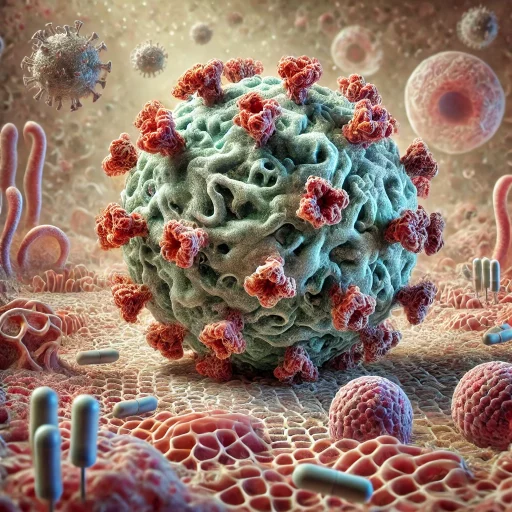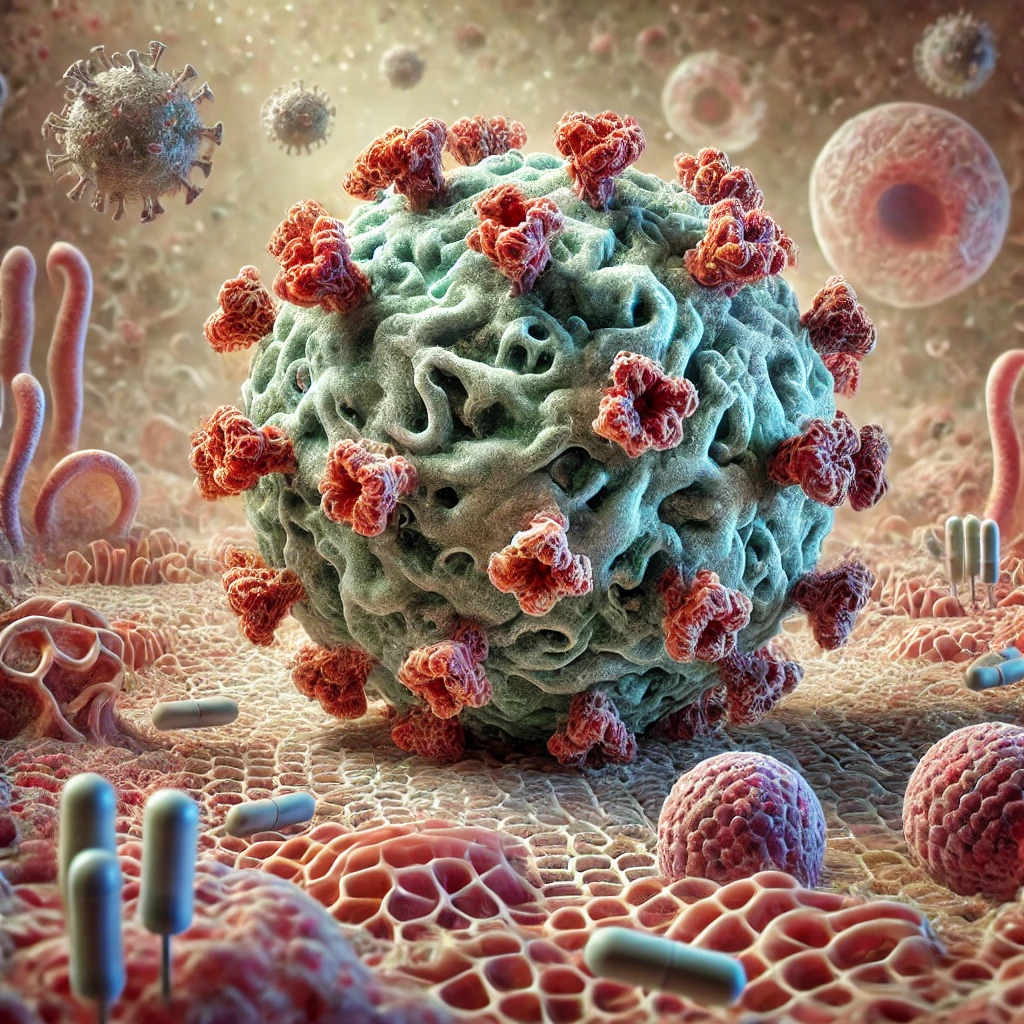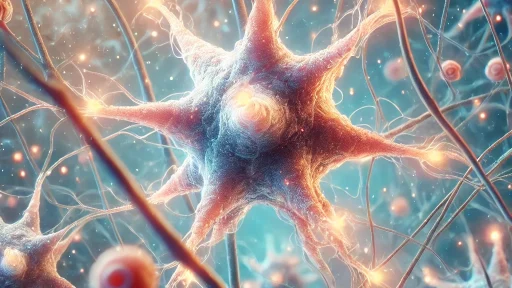A Viral Cloak of Invisibility
Researchers from MedUni Vienna recently revealed a surprising tactic used by SARS-CoV-2, the virus responsible for COVID-19. It turns out that this virus has developed an unexpected way of hiding from our immune system—by “stealing” human proteins to create a disguise that shields it from detection.
A Camouflage Built from Stolen Proteins
Scientists found that SARS-CoV-2 hijacks specific proteins from its human host to create a protective layer around itself, making it harder for our immune cells to recognize the threat. Imagine a thief hiding out in a house, donning clothes from the closet to blend in—this virus uses our proteins similarly, cloaking itself to stay hidden and continue its invasion unnoticed.
Why This Sneaky Move Matters
This camouflaging tactic is one reason SARS-CoV-2 spreads so effectively. By disguising itself with human proteins, the virus avoids triggering an immediate immune response, allowing it to infect more cells. This tactic also explains why some people stay contagious longer or experience symptoms later, as the virus stays “undercover” within the body.
Fighting Back with New Strategies
Understanding this viral disguise opens the door to potential new treatments. If researchers can find a way to prevent SARS-CoV-2 from borrowing our proteins, they could make the virus more vulnerable to the immune system. This discovery paves the way for more targeted therapies and could help scientists create measures to curb the virus’s spread and severity.





